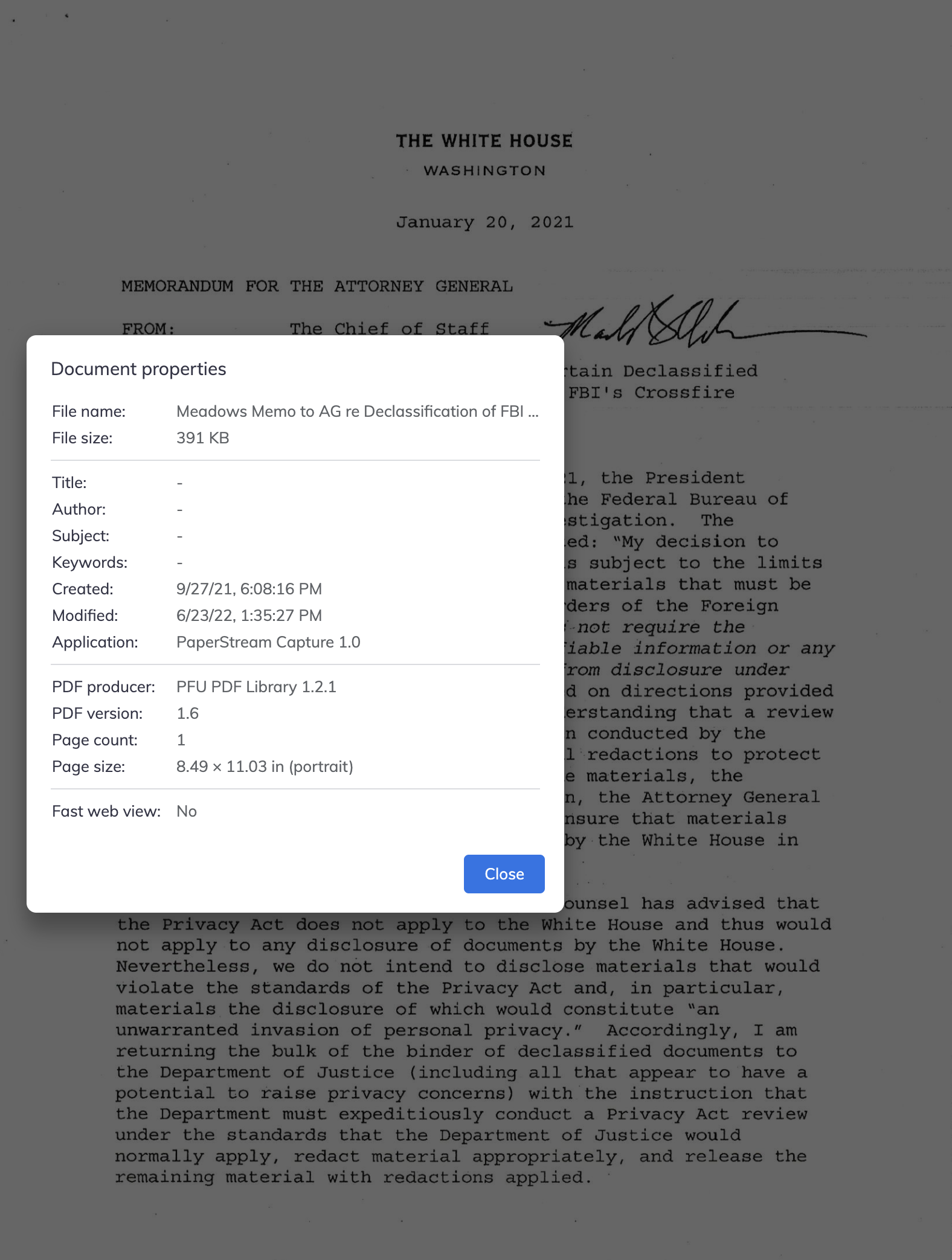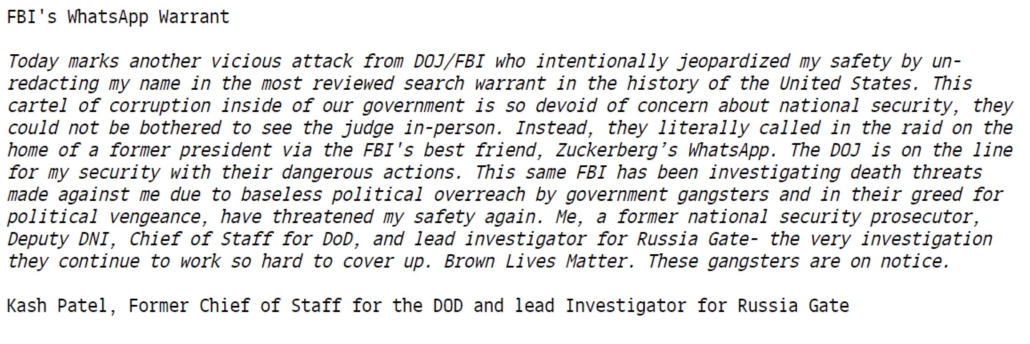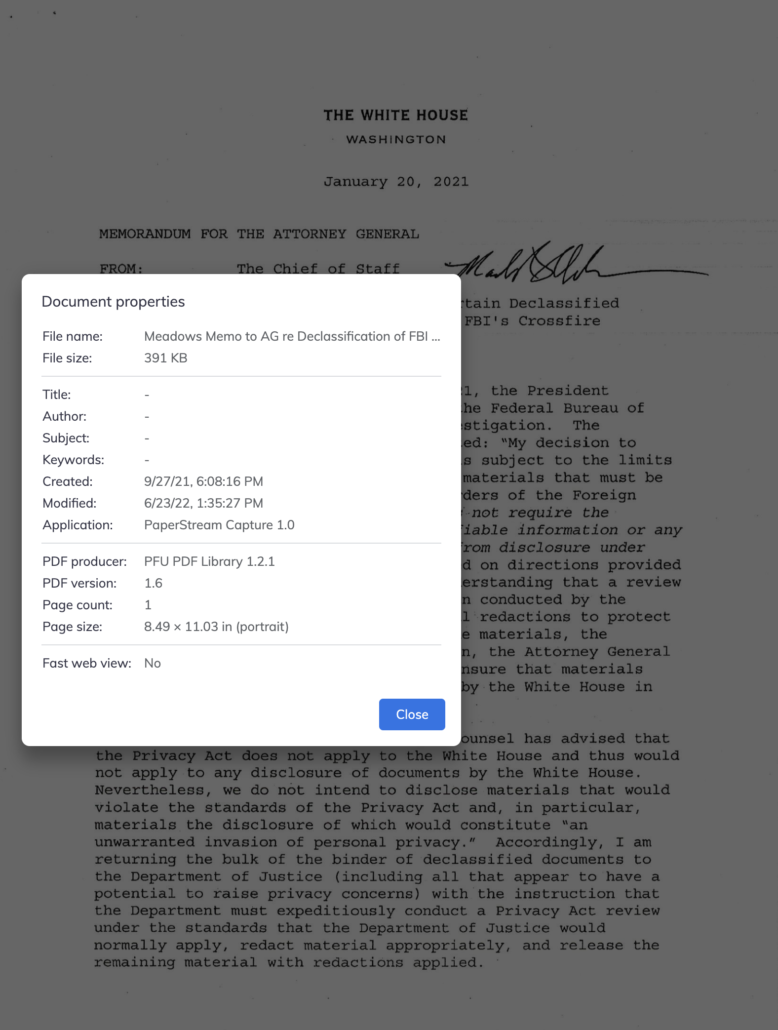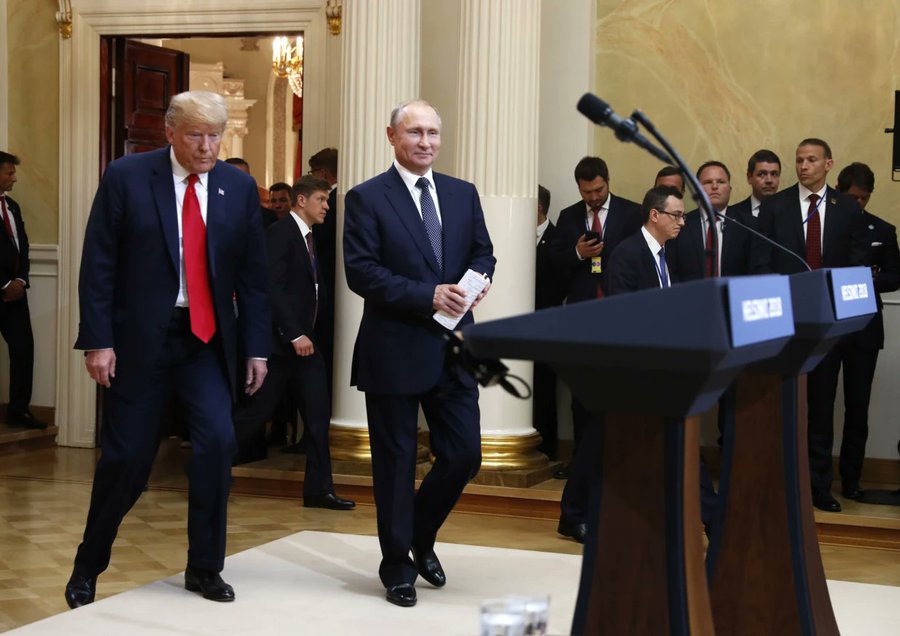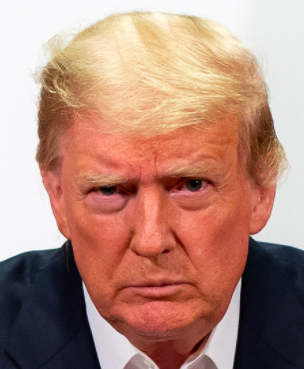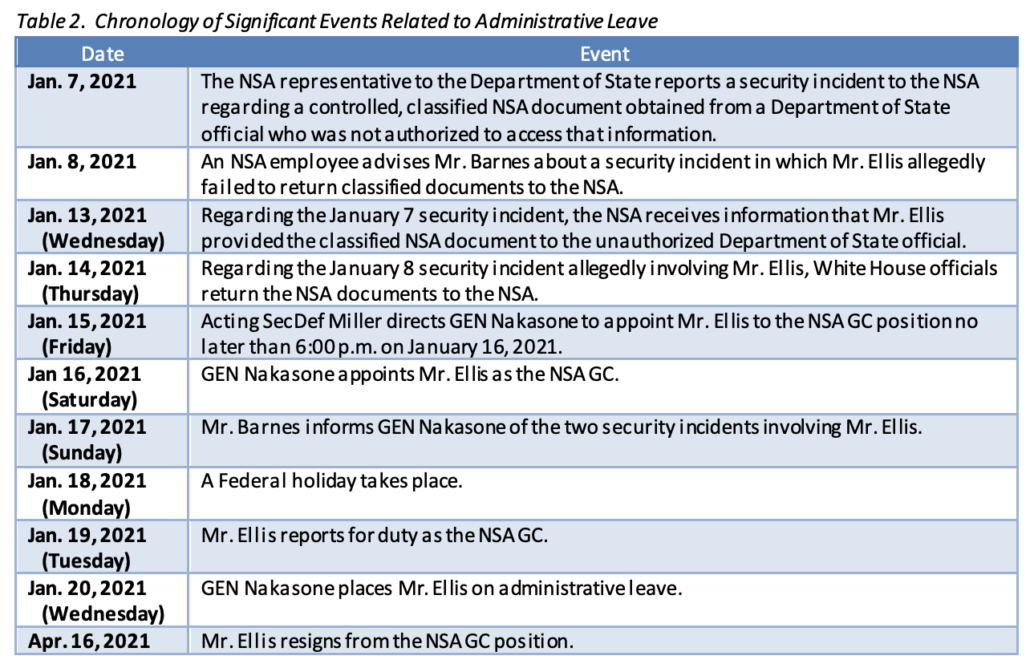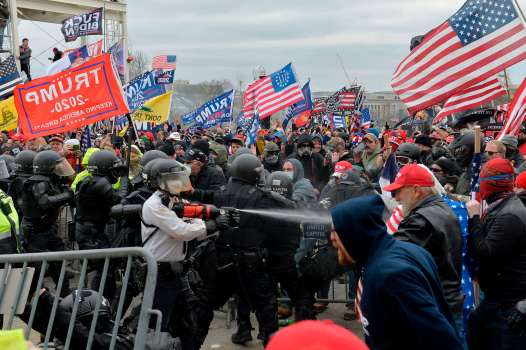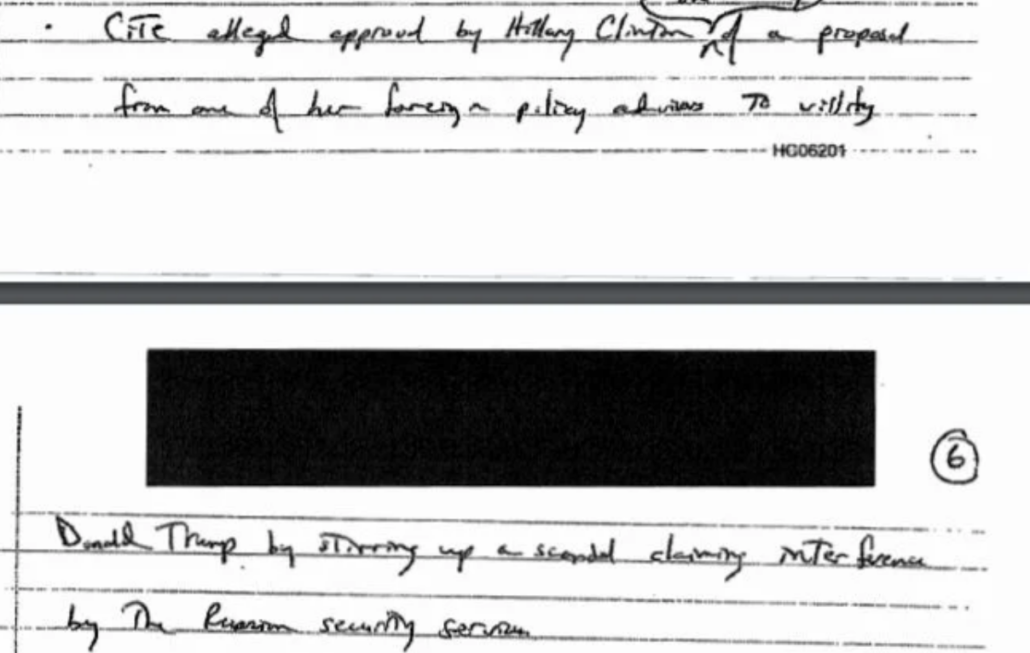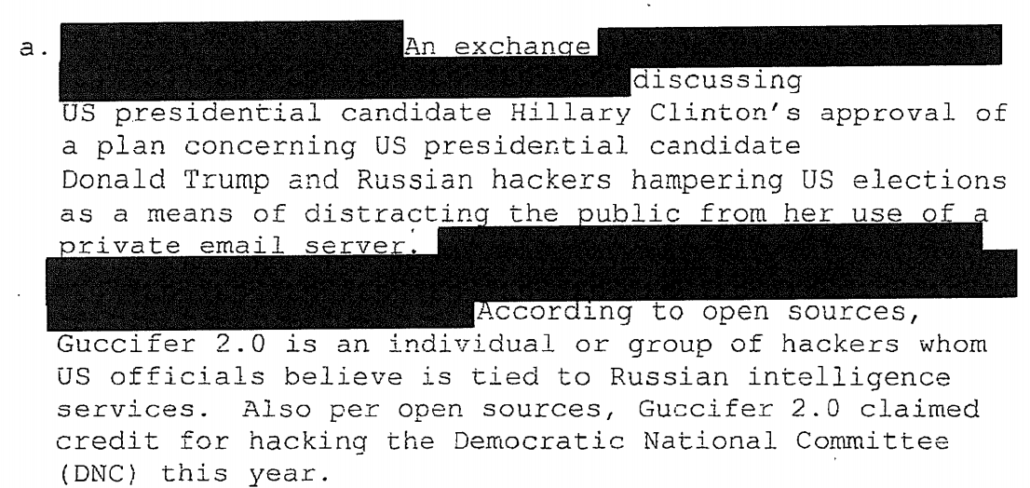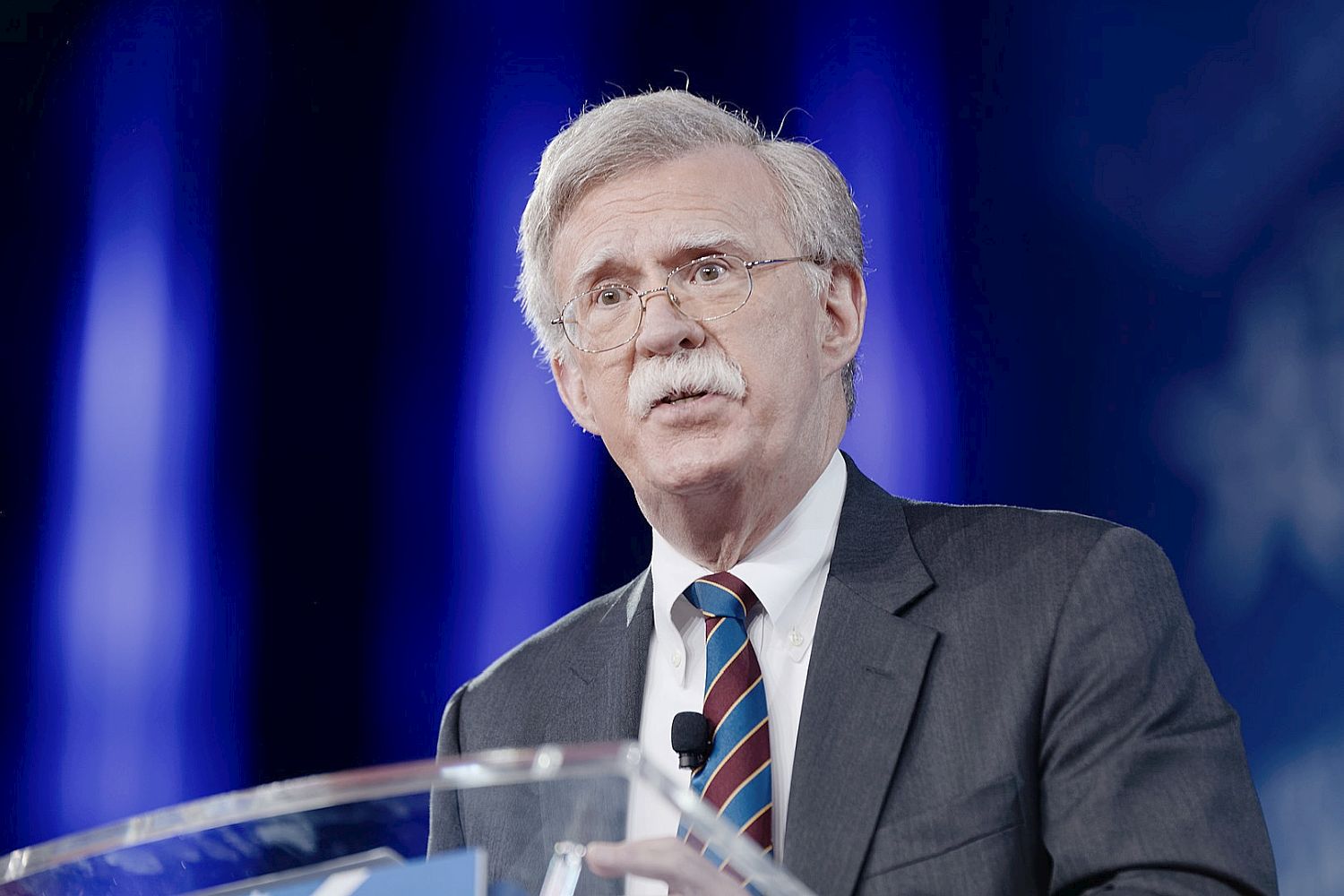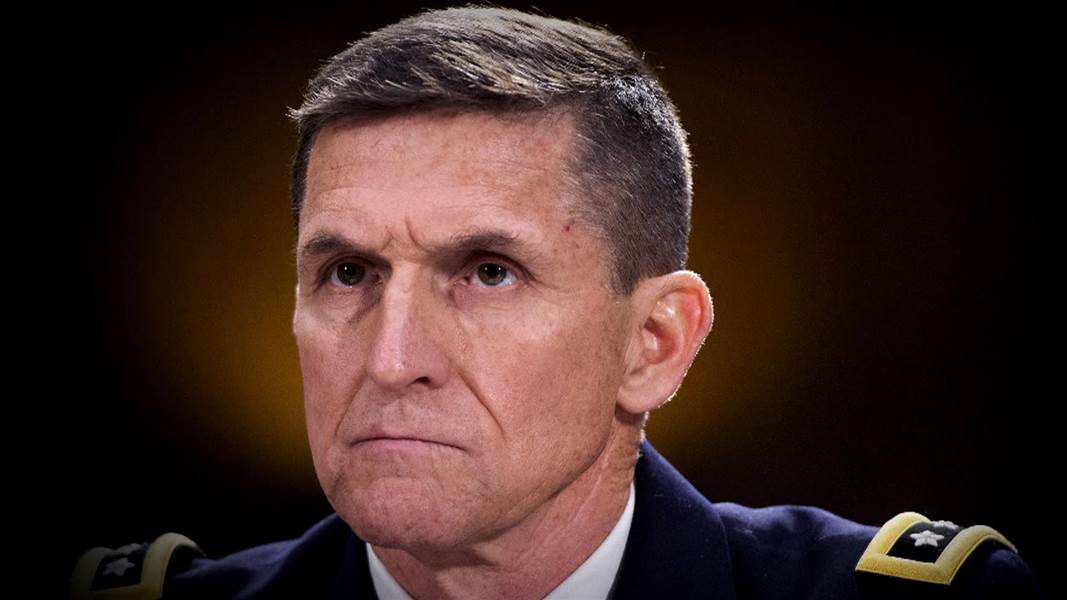The Full-Fitton: Trump’s Funny Math with the Federal Records Act
As I laid out here, you really don’t need to get further than the second paragraph of Trump’s response to DOJ’s bid for a stay on Judge Aileen Cannon’s injunction against using seized evidence of obstruction and Espionage Act violations to find evidence of a crime. In that paragraph, Trump confesses that the FBI did seize documents marked as classified — and therefore documents responsive to a May 11 subpoena — from Mar-a-Lago on August 8; that’s tantamount to a confession to obstruction.
I want to look at another funny thing he does, before I move to the subject of his gaslighting (whether these documents are genuinely classified or not, which is irrelevant to the crimes under investigation).
Trump is trying to stall the Espionage and obstruction investigation into him. But he’s also attempting to either claw back documents into his own possession, or to bottle them up at the Archives under separate legal challenges. As such, he’s adopting Tom Fitton’s argument — based on a very different set of Bill Clinton records that weren’t seized from his home via a lawful warrant but were instead FOIAed — that he designated many of these documents as personal records while still President, so they don’t even have to be in the Archives.
Critical to that argument is that documents are either Presidential Records or personal records, and the latter don’t have to be in the Archives, and so (he makes several huge logical jumps) they can’t be used in a criminal prosecution against him.
The PRA further distinguishes records as either Presidential or personal. 44 U.S.C. § 2201. Presidential records are defined as: documentary materials, or any reasonably segregable portion thereof, created or received by the President, the President’s immediate staff, or a unit or individual of the Executive Office of the President whose function is to advise or assist the President, in the course of conducting activities which relate to or have an effect upon the carrying out of the constitutional, statutory, or other official or ceremonial duties of the President. 44 U.S.C. § 2201(2).
The PRA expressly excludes personal records from the definition of Presidential records. See id. § 2201(2)(B). Personal records are defined as “documentary materials, or any reasonably segregable portion therof, [sic] of a purely private or nonpublic character which do not relate to or have an effect upon the carrying out of the constitutional, statutory, or other official or ceremonial duties of the President.” Id. § 2201(3). The PRA thus “distinguishes Presidential records from ‘personal records’” and “requires that all materials produced or received by the President, ‘to the extent practicable, be categorized as Presidential records or personal records upon their creation or receipt and be filed separately.’” Jud. Watch, Inc. v. Nat’l Archives & Recs. Admin., 845 F. Supp. 2d 288, 291 (D.D.C. 2012) (quoting 44 U.S.C. § § 2203(b)). “The categorization of the records during the Presidency controls what happens next . . . . The statute assigns the Archivist no role with respect to personal records once the Presidency concludes.” Id. (emphasis added). “The PRA contains no provision obligating or even permitting the Archivist to assume control over records that the President ‘categorized’ and ‘filed separately’ as personal records. At the conclusion of the President’s term, the Archivist only ‘assumes responsibility for the Presidential records.” Id. (quoting 44 U.S.C. § 2203(f)(1)). “[T]he PRA does not confer any mandatory or even discretionary authority on the Archivist to classify records. Under the statute, this responsibility is left solely to the President.” Id. at 301 (describing categorization decision by former President Clinton as not within the discretion of the Archivist as the subject materials “were not provided to the Archives at” the end of the Clinton presidency).
Critically, the former President has sole discretion to classify a record as personal or Presidential. See Jud. Watch, Inc., 845 F. Supp. 2d at 301 (“Under the statute, this responsibility is left solely to the President.”). The power of the Archivist is not greater than that of the President. Specifically, the PRA states “the Archivist of the United States shall assume responsibility for the custody, control, and preservation of, and access to, the Presidential records of that President.” 44 U.S.C. § 2203(f)(1). This section should not be interpreted as weakening a President’s authority under the Act. See Jud. Watch, Inc., 845 F. Supp. 2d at 300 (“[T]he plain language of section 2203(f) of the PRA does not say . . . that the Archivist must assume custody and control of all materials that fall within the definition of Presidential records.”).
Accordingly, all of the records at issue in the Government’s motion fall into two categories: (1) Presidential records, governed exclusively by the Presidential Records Act; and (2) personal records, the determination of which was in President Trump’s discretion. See id. To the extent President Trump may have categorized certain of the seized materials as personal during his presidency, any disagreement as to that categorization is to be resolved under the PRA and cannot possibly form the basis for any criminal prosecution. [my emphasis]
He’s not wrong about the Presidential Records Act reserving personal records. The category of personal records might even exempt documents pertaining to his coup attempt from storage at the Archives (though if Trump had made that designation, then he could not exempt them from subpoena under a claim of Executive Privilege, nor could he later claim those records memorialized his official acts).
(3) The term “personal records” means all documentary materials, or any reasonably segregable portion therof,2 of a purely private or nonpublic character which do not relate to or have an effect upon the carrying out of the constitutional, statutory, or other official or ceremonial duties of the President. Such term includes—
(A) diaries, journals, or other personal notes serving as the functional equivalent of a diary or journal which are not prepared or utilized for, or circulated or communicated in the course of, transacting Government business;
(B) materials relating to private political associations, and having no relation to or direct effect upon the carrying out of constitutional, statutory, or other official or ceremonial duties of the President; and
(C) materials relating exclusively to the President’s own election to the office of the Presidency; and materials directly relating to the election of a particular individual or individuals to Federal, State, or local office, which have no relation to or direct effect upon the carrying out of constitutional, statutory, or other official or ceremonial duties of the President.
If these documents hadn’t been seized via a lawful warrant authorizing the seizure of everything stored with documents bearing classification marks, the government might have a tough fight to get them.
This is also the reason why Trump wants the Archivist excluded from any Special Master proceeding — so Trump can persuade someone, in secret, that he actually designated such records personal and such a claim would stand up under the PRA, without leaving a record for such time as FBI subpoenaed the very same documents as personal documents.
But Trump chose to hoard classified records and as a result, the FBI was forced to get a warrant and seize records more broadly.
Still, as far as it goes, the Fitton argument is that everything is either a Presidential Record or a personal record, and the latter don’t belong in the Archives, and that should trump (heh) their seizure with a lawful warrant that authorized the seizure of everything stored with or in the same place as documents marked as classified.
Except in the paragraph immediately before the Fitton argument, Trump concedes that’s not right. Before you split things into Presidential and personal records, you need to split them into Presidential and Federal Records.
All government records (classified or otherwise) fall into two basic categories, either under the PRA or the Federal Records Act (“FRA”). “The FRA defines a class of materials that are federal records subject to its provisions, and the PRA describes another, mutually exclusive set of materials that are subject to a different, less rigorous regime. In other words, no individual record can be subject to both statutes because their provisions are inconsistent.” Armstrong v. Exec. Office of the President, 1 F. 3d 1274, 1293 (D.C. Cir. 1993).
That is, he admits his two-category sorting is false.
And then he just drops the FRA, never to mention it again.
Even setting aside the example of Mike Ellis — who on January 8, 2021, was discovered to have brought a compartmented NSA document to the White House and, at first, “refused to return the document, retained it for the White House archives, and, based on what the NSA employee saw, placed the document in a container that did not meet the security storage requirements for such a sensitive program” — there would be a number of other documents, classified and not, that were brought to the White House but which remained agency records. Another category of agency documents, for example, are those pertaining to the Russian investigation, which should never have been at the White House in the first place, but which Trump wants to own for all time by simultaneously claiming he declassified and then made personal records of them.
None of those records would fit into Trump’s neat binary.
So he just ignores that and goes full-Fitton and hopes Aileen Cannon will ignore that bit.
Go to emptywheel resource page on Trump Espionage Investigation.

![[Photo: National Security Agency, Ft. Meade, MD via Wikimedia]](https://www.emptywheel.net/wp-content/uploads/2017/08/NationalSecurityAgency_HQ-FortMeadeMD_Wikimedia.jpg)
